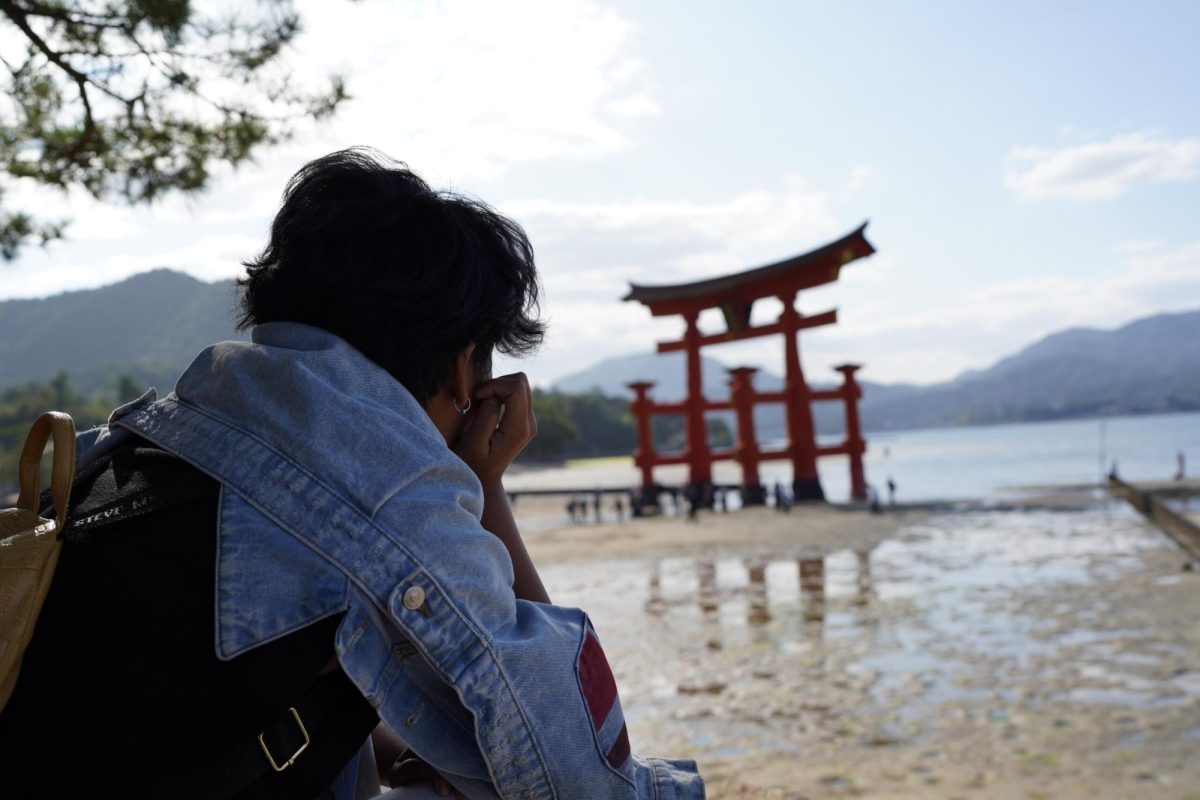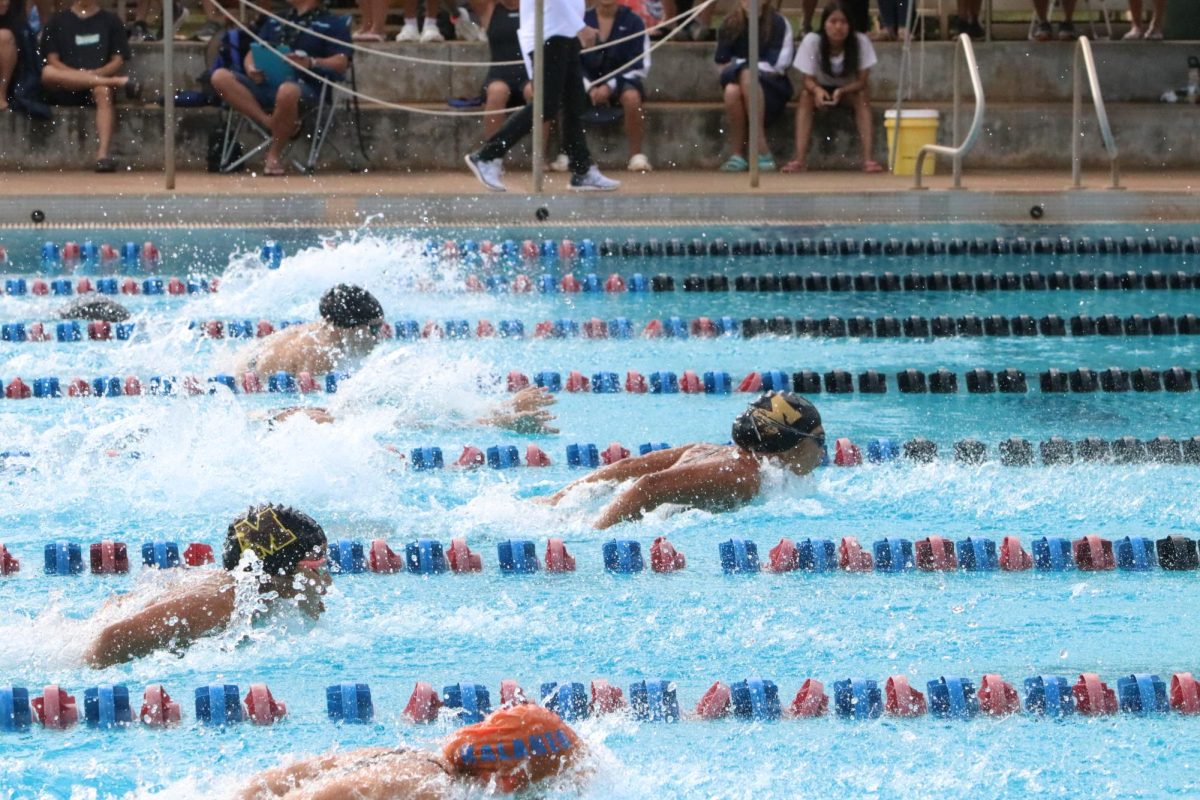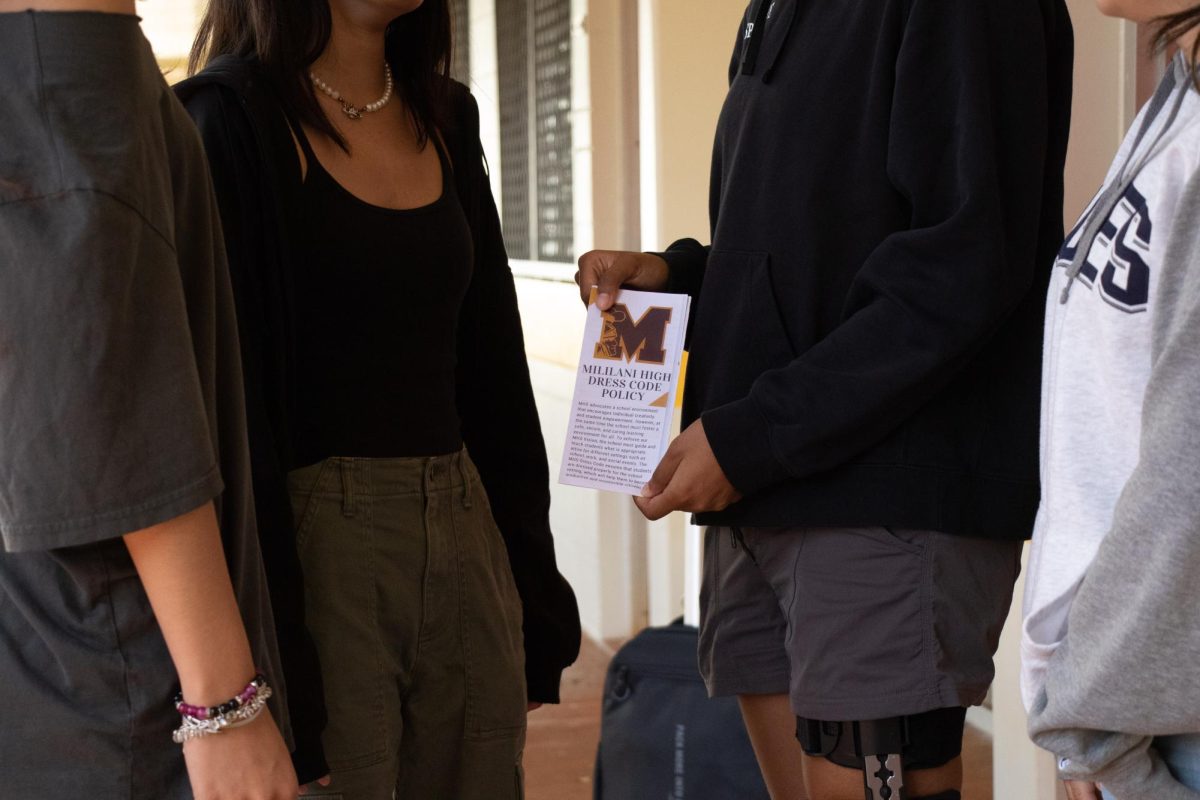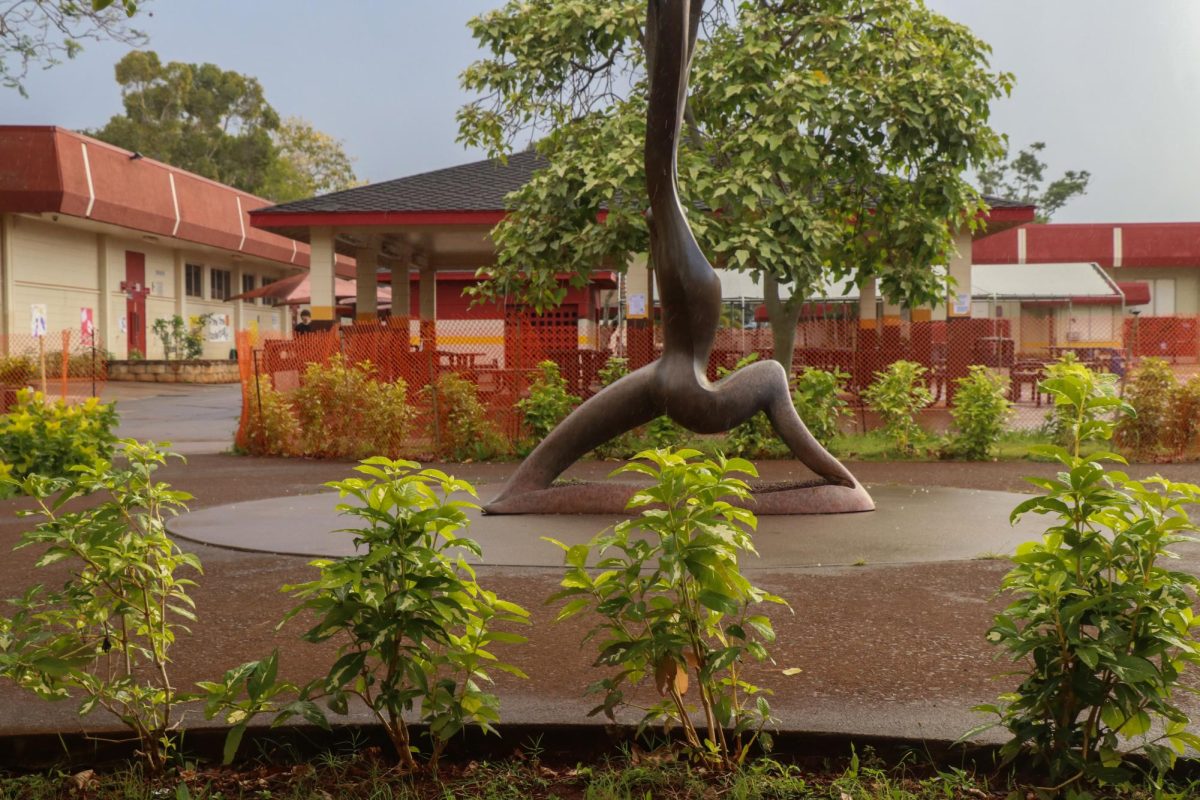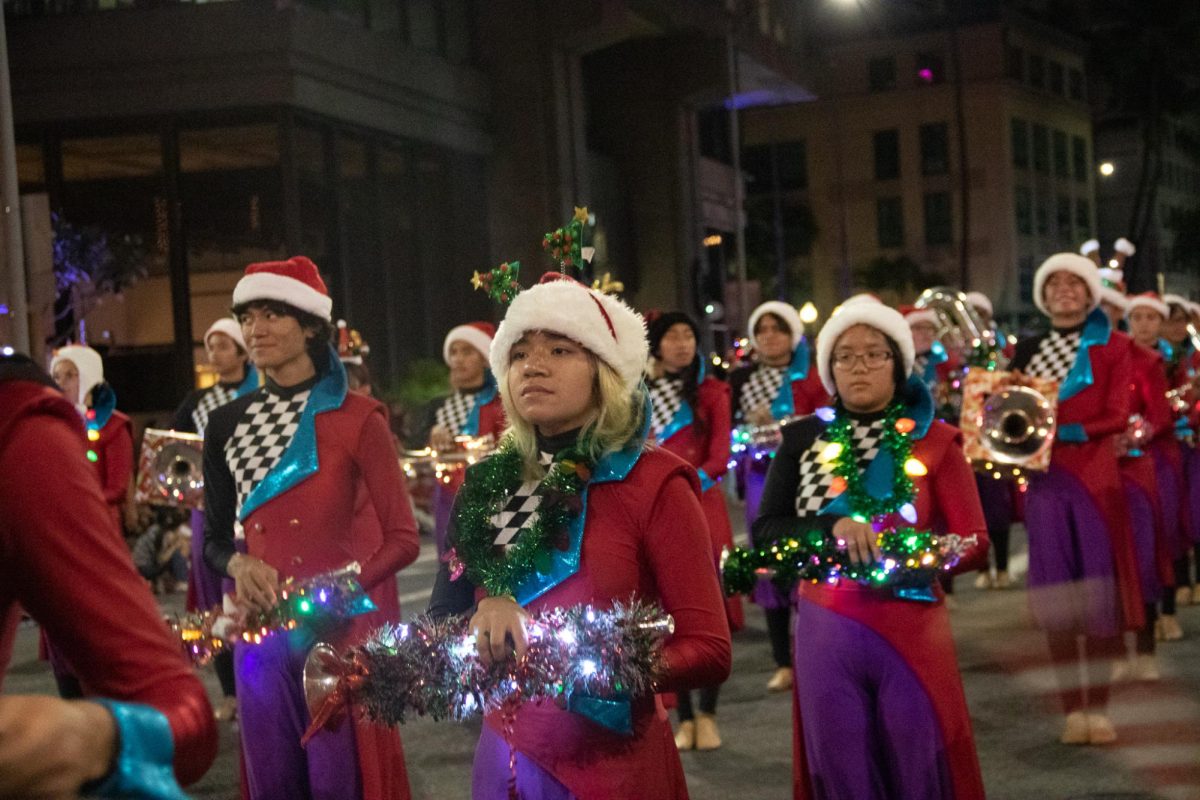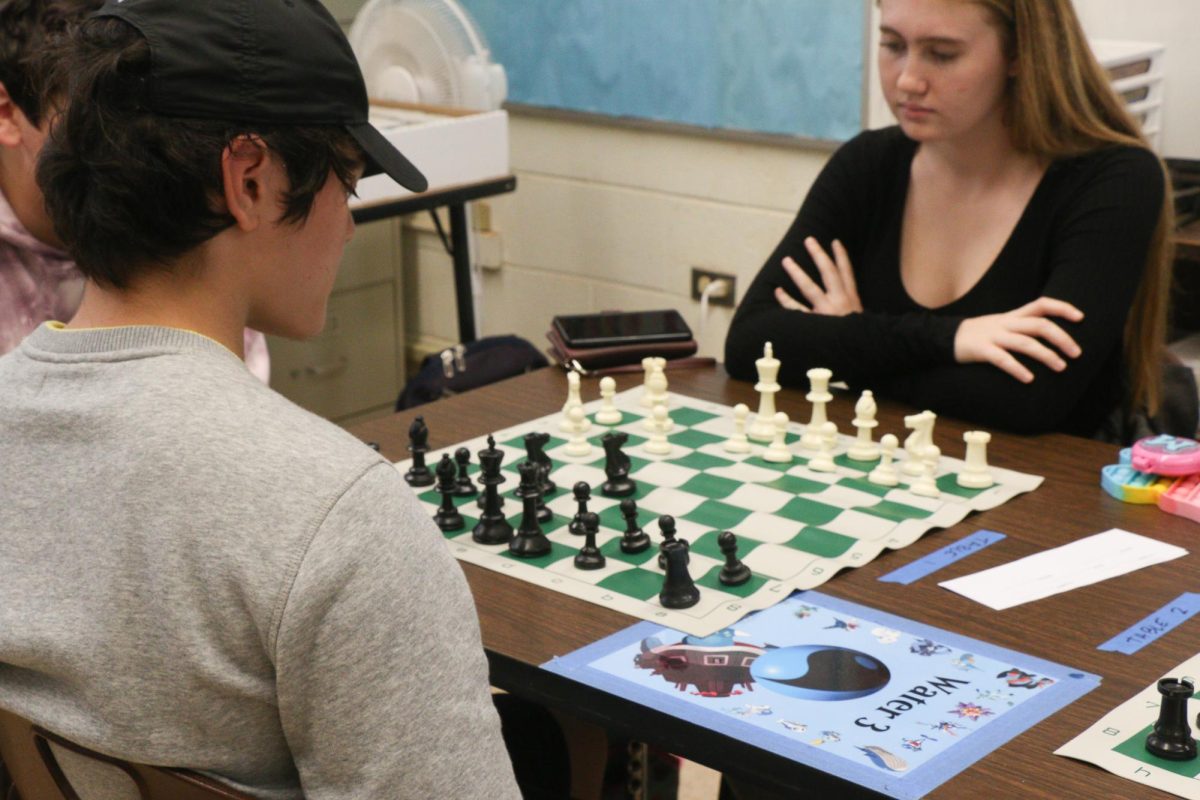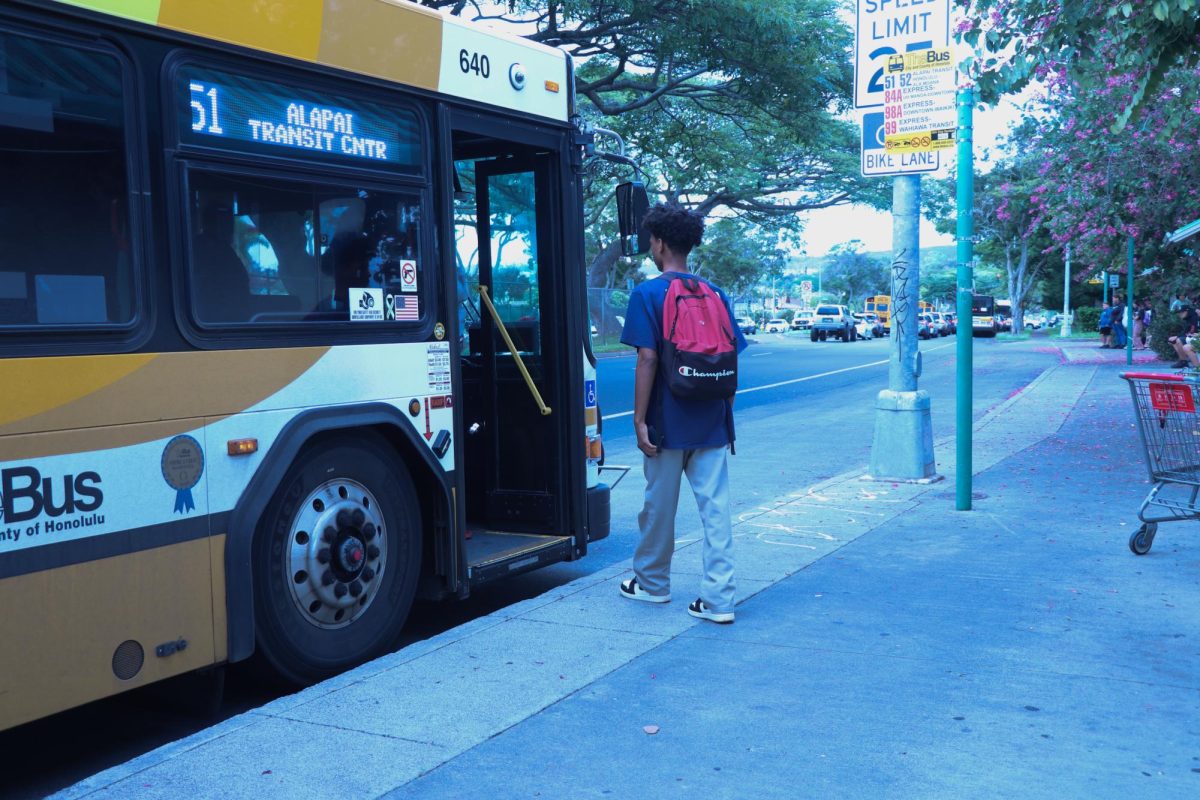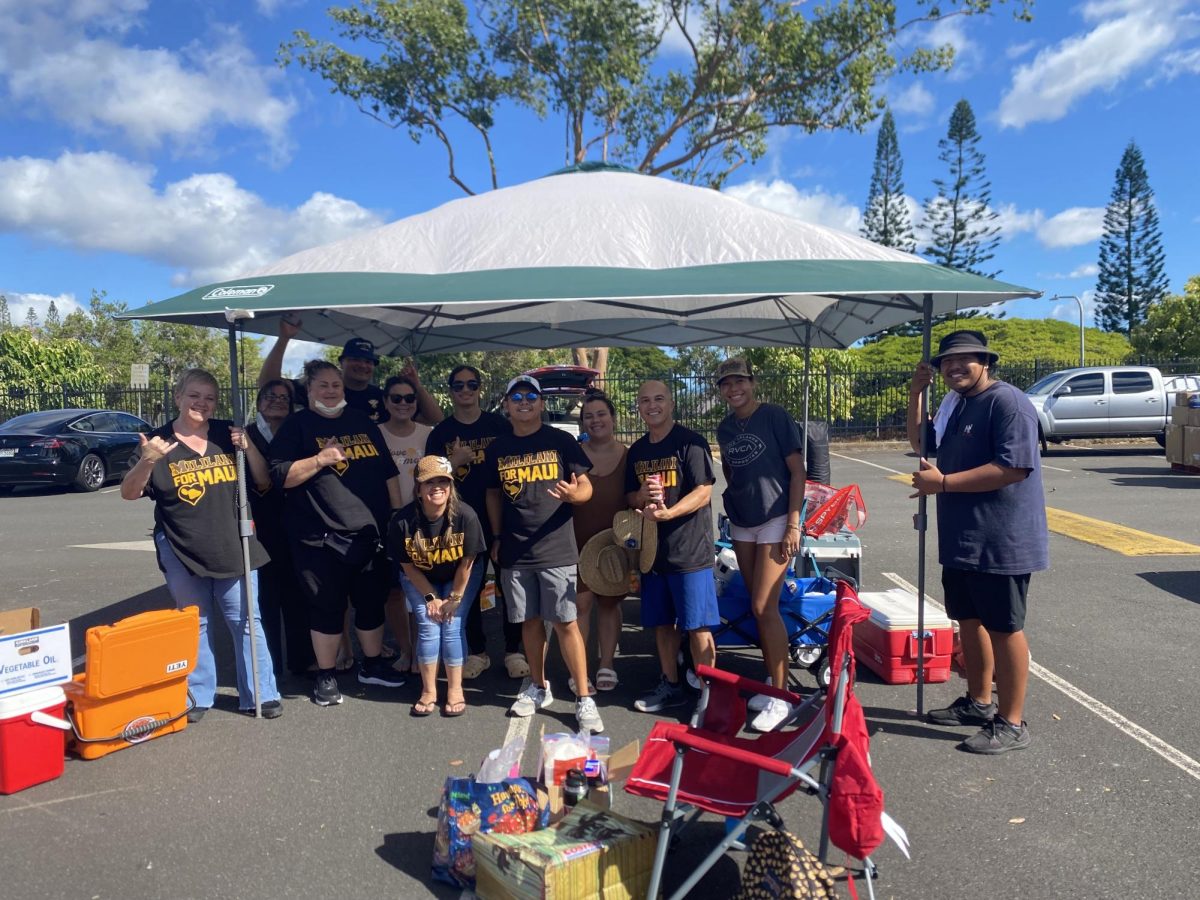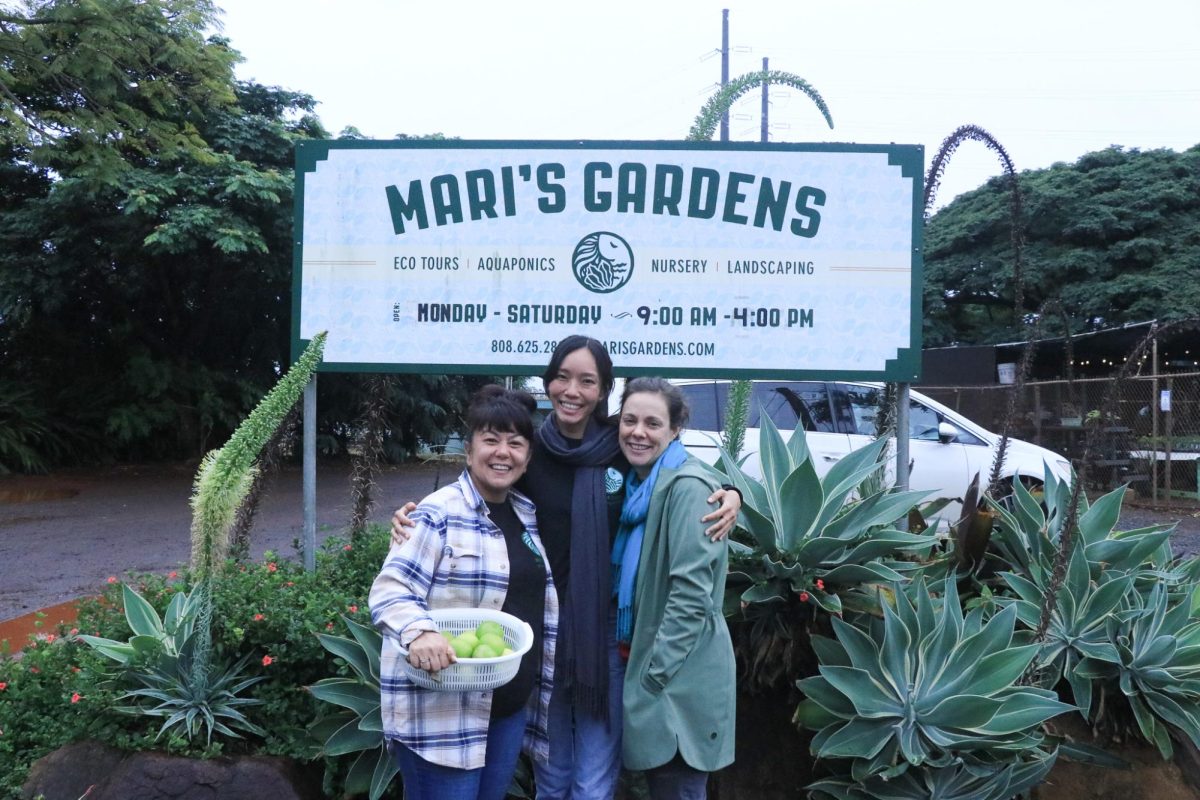The Aug. 8 fire in Lahaina, Maui raised a conversation of debate on the role of tourism in Hawai‘i. It’s the state’s main source of income, but at what cost does that come with? When the news broke, some saw it as not the loss of a town filled with history, community, culture and spiritual significance but the loss of a popular tourist destination. Discussion spread across the internet about how people outside of Hawai‘i view it as: a state, a vacation, a kingdom and a home.
Everything related to Hawaiian culture and spirit was outlawed in 1896 while the state was colonized and annexed. Speaking Hawaiian was illegal, just as dancing hula was banned, which makes it ironic that when outsiders think of Hawai‘i now they envision grass skirts, coconut bras and leis. They see lu‘aus as a dinner party held by hotels and not the celebration of important milestones that had existed in Hawaiian culture for centuries. It’s a sense of wicked irony that everything, including a culture, can now be commodified all for the sake of making a buck.
On the basis of language, it has delved into nothing more than just a misrepresentation. The most common known word, ‘aloha’, has just been generalized as a greeting or a vague sense of love. This surface level understanding glosses over everything that the word also encompasses and means to an entire community. It has just become another gimmicky phrase for tourists to say or a brand, such as in the way ‘aloha’ shirts aren’t even remotely based in Hawaiian culture. The cultural meaning of ‘aloha,’ loses its importance because the word itself is an embodiment of our deep understanding of one another, as well as the connections we have built and continue to build.
It’s certainly better than having an entire culture and language be barred off, but that extremely low bar doesn’t mean that things are fine now. Disrespect for Hawaiian culture from outsiders just presents itself in a different way. It shows itself in the way that native hieroglyphics and places of sanction and worship are graffitied over and mocked. It’s presented in the way that native creatures, such as the Hawaiian Monk Seal and honu (Hawaiian Green Sea Turtles) get disturbed while in their habitats.
The Hawaiian kingdom had been a self-sufficient nation for years and years before outsiders and colonizers arrived. Now, we have maybe at most a week of supplies to live off of if another global issue such as COVID-19 were to come again and cease all means of transportation and shipment to Hawai‘i. We can no longer sustain ourselves, fertile farmlands have been built over to make room for residential housing and tourist attractions. There are too many mouths to feed. However, it’s impossible to cease the means of tourism all together in the islands. It accounts for 90% of our economy despite the fact that so many local businesses and local people are harmed and stigmatized because of it.
We have dug a hole so deep that there’s hardly a way to work out of it, but that doesn’t mean it’s impossible. There are still ways to revive a culture, revive a community. It’s all just a matter of lending support to those figureheads that are spearheading this revision. It begins by supporting non profit organizations that actively revitalize Native Hawaiian practices and restore natural and sacred areas of deep cultural importance. One such organization is Malama Loko Ea Foundation which is a site in Hale‘iwa that works on restoring a loko, or pond, to its natural glory. Loko Ea (rising / breathing / sovereignty pond ) is significant because it once provided enough i‘a, or fish, to sustain over thousands of people in just one section of the ahupua‘a and still have enough resources left over to provide for future generations. We must first learn and understand the land’s history, so that we may sympathize with their philosophy of taking care of the land, and in return, it takes care of us as a way to bring back sustainability.

